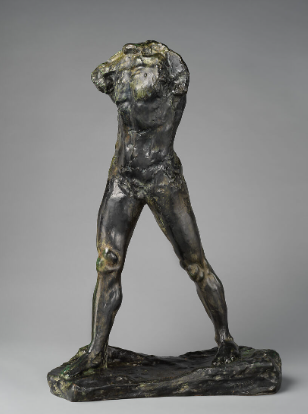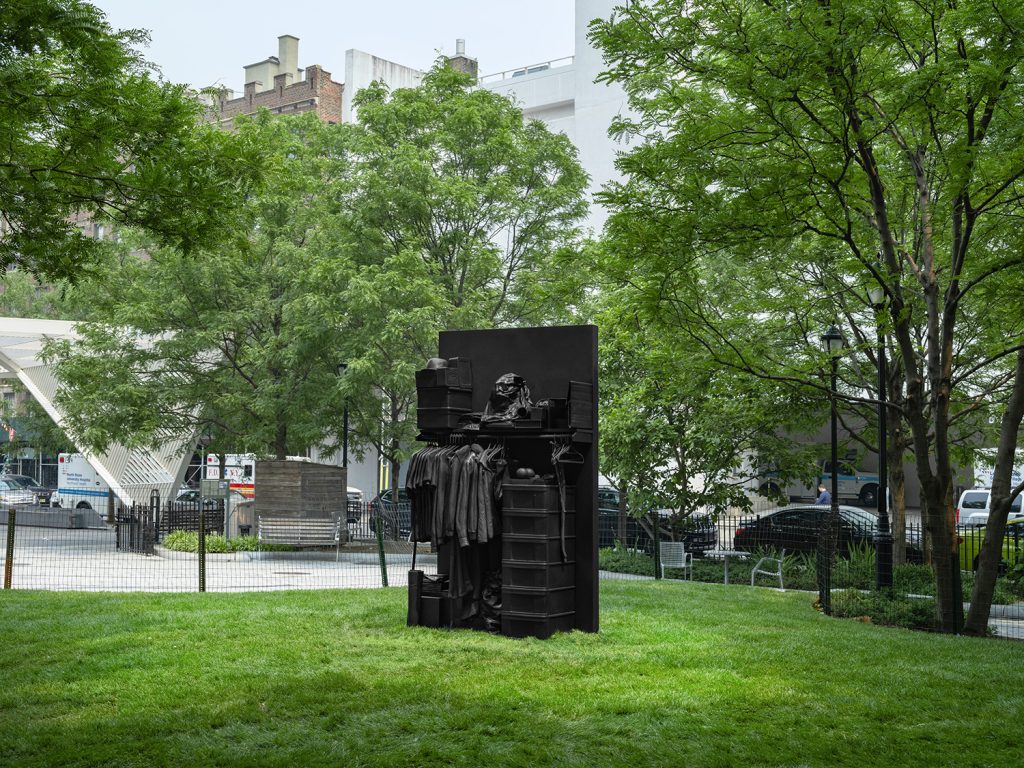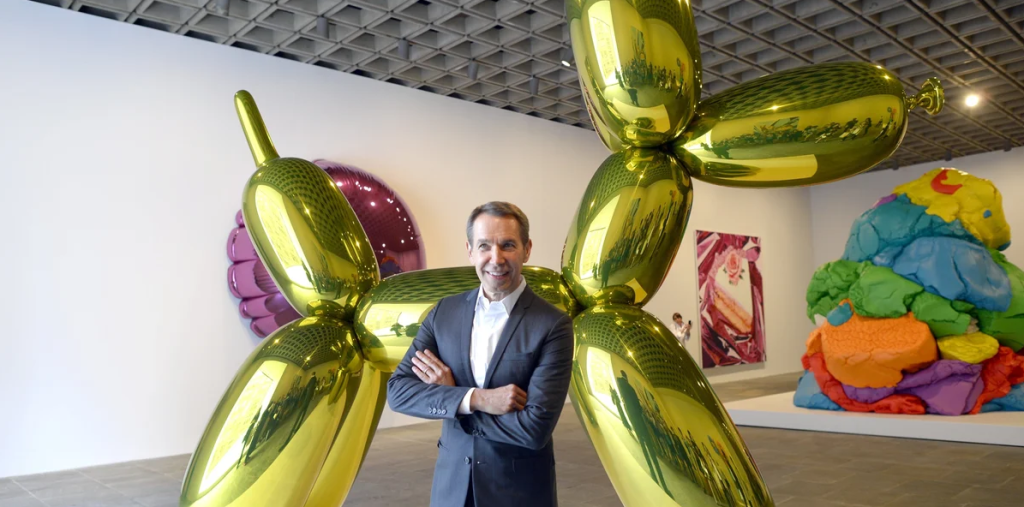Rodin’s Revolution: The Sculptor Who Redefined Art in the 19th Century
In the world of art, few names resonate as powerfully as Auguste Rodin, who lived from 1840 to 1917. His innovative approach to sculpture not only redefined the medium but also transformed the perception of art itself. This article explores Rodin’s groundbreaking techniques and the enduring legacy he left behind.
The Birth of Modern Sculpture
Rodin is often hailed as the father of modern sculpture due to his departure from traditional forms. Before his time, sculptures were typically stiff and adhered closely to classical ideals. Rodin broke away from this mold by embracing naturalism and emphasizing human emotion. His masterpieces, such as “The Thinker” and “The Kiss,” captured the complexities of the human experience, inviting viewers to engage with the subjects on a deeper level. Rodin used innovative techniques, such as modeling directly in clay rather than creating a preliminary sketch, allowing for spontaneity and fluidity in his work.
The Influence of Impressionism
While primarily known as a sculptor, Rodin’s work was profoundly influenced by the Impressionist movement, which emphasized the capture of fleeting moments and the play of light. This connection is evident in his textured surfaces and dynamic forms, which evoke a sense of movement and life. Unlike many of his contemporaries, Rodin sought to portray not just the physicality of the human body but also the emotional and psychological states of his subjects. This revolutionary approach extended beyond aesthetics; it pushed boundaries and expanded the possibilities of what sculpture could achieve.
A Lasting Legacy
Rodin’s pioneering techniques and emotive sculptures have left a lasting impact on artists across various mediums. His ability to convey complex emotions through form opened doors for future generations, influencing figures in both sculpture and painting. Even today, artists draw inspiration from Rodin’s work, as his commitment to human experience remains relevant. Museums around the world continue to celebrate his legacy, showcasing his pieces and sparking conversations about the role of art in society.
In conclusion, Auguste Rodin transformed the world of sculpture in the 19th century, challenging conventions and inspiring countless artists to explore the depths of human emotion. His revolutionary techniques and commitment to authenticity in art continue to resonate today. If you’re curious to learn more about Rodin and his extraordinary contributions to art, consider visiting a local museum or diving into a biography about his life and works.


